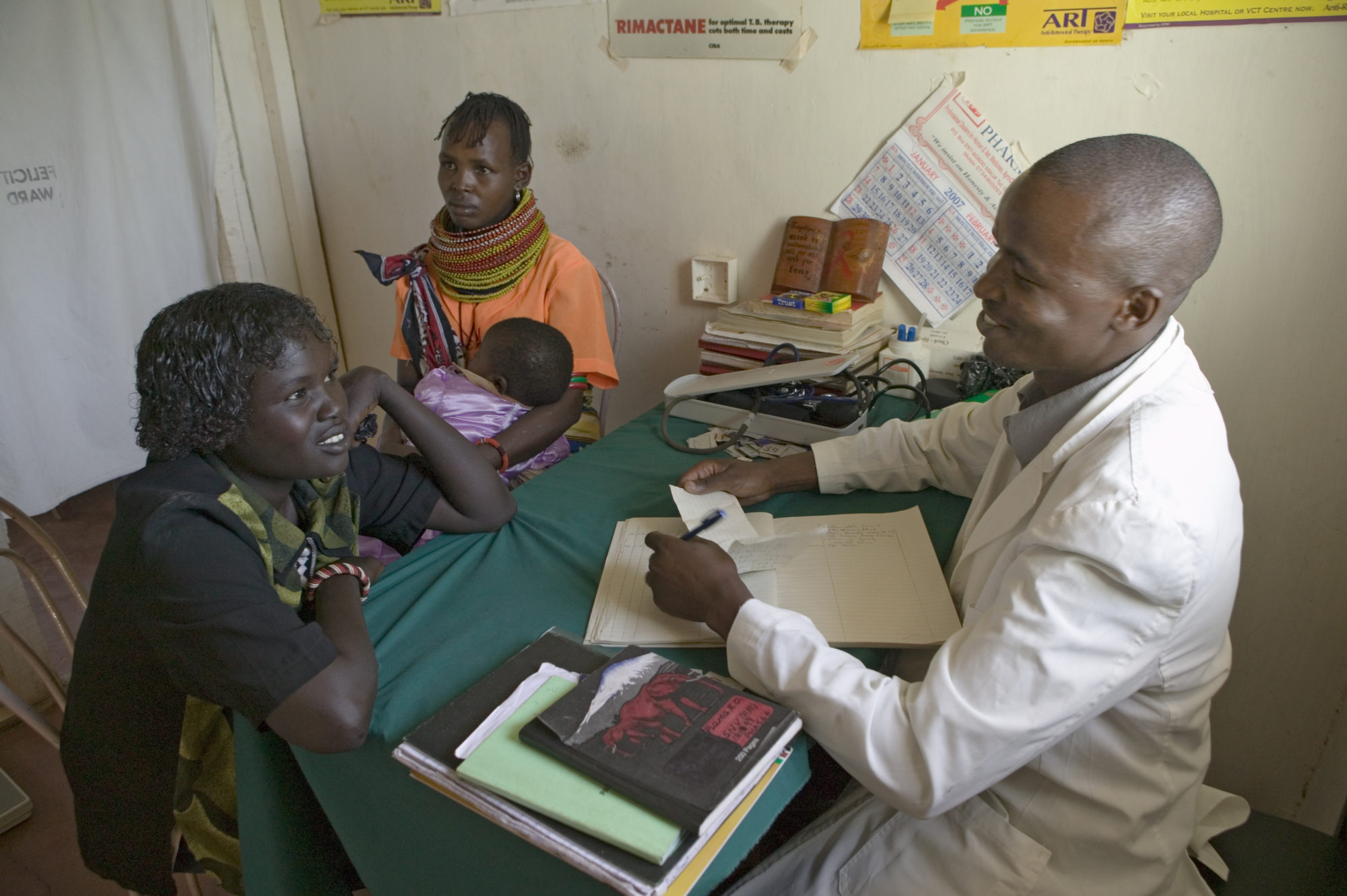
South Africa: Demand-side analysis of market for medical schemes
During the last ten years, South Africa has achieved remarkable progress in the area of financial inclusion for lower-income households in specifically the banking and, to a lesser degree, insurance markets. Limited progress has been made in expanding medical schemes (government’s chosen vehicle for private health financing) to more South



















